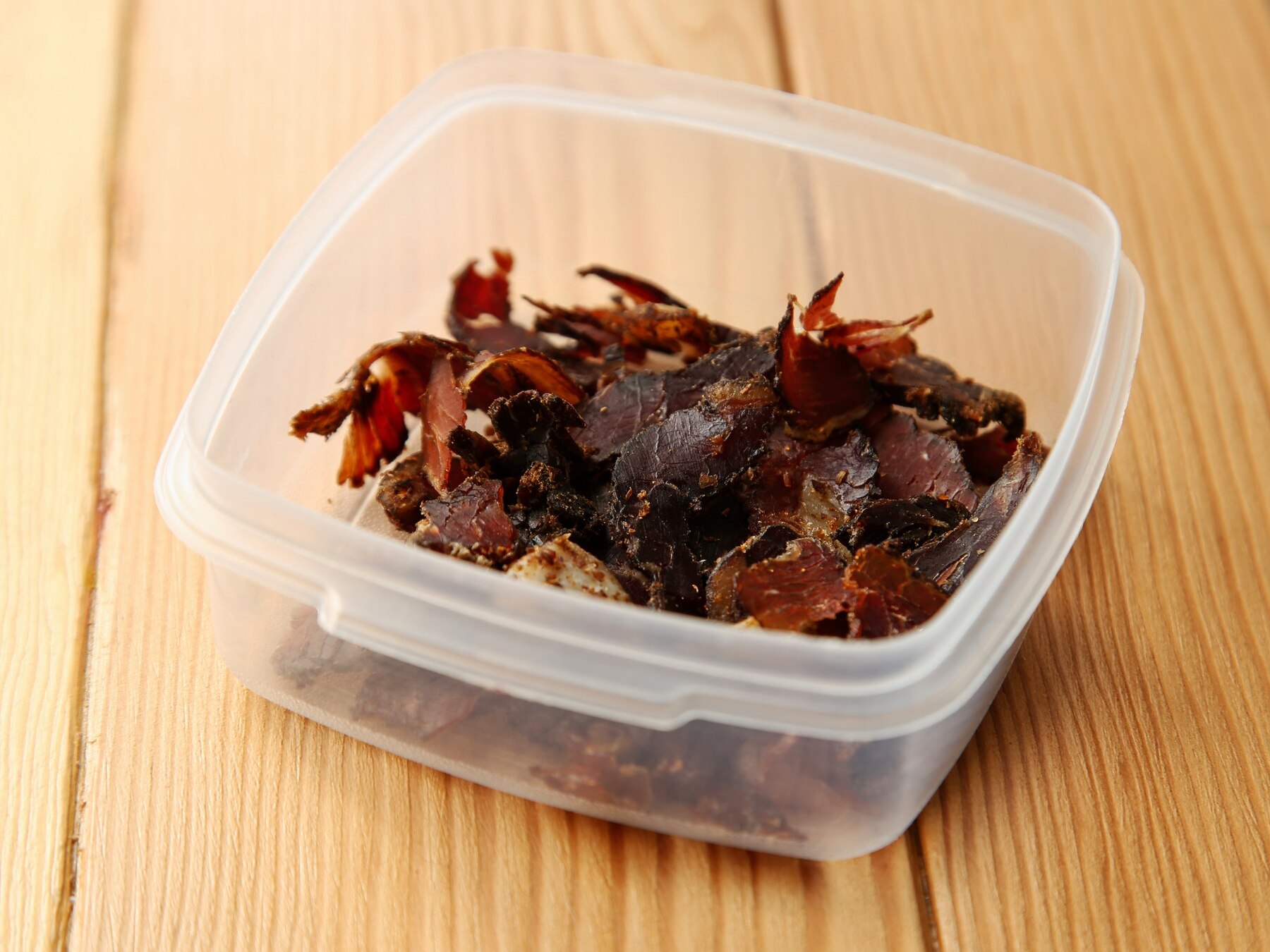

Articles
How To Store Biltong
Modified: January 5, 2024
Learn the best methods for storing and preserving your biltong in this informative articles. Keep your biltong fresh and flavorful for longer!
(Many of the links in this article redirect to a specific reviewed product. Your purchase of these products through affiliate links helps to generate commission for Storables.com, at no extra cost. Learn more)
Introduction
Welcome to the world of biltong! If you’re a lover of this traditional South African cured meat snack, you’re probably no stranger to its delicious flavors and unique texture. Biltong has gained popularity worldwide due to its rich taste and high protein content, making it a favorite among fitness enthusiasts and snack enthusiasts alike.
But what happens when you have a surplus of biltong or want to store it for later enjoyment? Proper storage is essential to maintain its freshness and prevent it from spoiling. In this article, we will guide you through the process of storing biltong to ensure that it stays flavorful and succulent for as long as possible.
Before we dive into the specifics of storing biltong, it’s important to understand the different types available and how they can affect storage. Biltong can be made from various types of meat, including beef, game, or even poultry. Each type may have different levels of fat content and curing time, which can influence its storage needs.
Now that you have a basic understanding of biltong, let’s explore the different factors to consider when choosing the right biltong for storage.
Key Takeaways:
- Properly storing biltong is crucial for maintaining its flavor and texture. Choose the right type, prepare it for storage, and select the best method – pantry, refrigerator, or freezer – to ensure long-lasting enjoyment.
- To keep biltong fresh, avoid moisture, limit air exposure, and store it away from strong odors. Regularly check for freshness, rotate stock, and follow long-term storage tips for optimal flavor and quality.
Read more: How To Make Biltong With A Dehydrator
Choosing the Right Biltong
When it comes to selecting biltong for storage, there are a few key factors to consider. These factors will ensure that you choose biltong that is not only tasty but also suitable for the storage method you plan to use.
1. Freshness: Look for biltong that is freshly made. Fresh biltong will have a vibrant color and a pleasant aroma. Avoid biltong that appears discolored or has an unpleasant smell, as these may indicate spoilage.
2. Fat Content: Pay attention to the fat content of the biltong. Biltong with a higher fat content tends to have a shorter shelf life, as the fat can turn rancid over time. If you’re planning to store biltong for an extended period, it’s best to choose leaner cuts of meat.
3. Curing Method: Different biltong producers may use different curing methods. Some may use vinegar-based marinades, while others may rely on dry rubs. Understanding the curing method used can help you assess the biltong’s potential shelf life and select the right storage method accordingly.
4. Texture Preference: Biltong can be made with varying degrees of moisture. Some people prefer softer and moister biltong, while others enjoy a drier and chewier texture. Consider your personal preference and how it aligns with your storage plans. Drier biltong tends to have a longer shelf life, while moister biltong may have a shorter storage window.
By considering these factors, you can ensure that you choose biltong that is best suited for your storage needs. Whether you plan to store it in the pantry, refrigerator, or freezer, selecting the right biltong is the first step in maintaining its freshness and flavor.
Preparing Biltong for Storage
Before you can begin storing biltong, it’s essential to properly prepare it. This step will help remove any excess moisture and ensure that the biltong holds up well during storage. Here are the key steps to follow when preparing biltong for storage:
1. Pat Dry: Start by patting the biltong slices or sticks with a clean paper towel to remove any surface moisture. This step is crucial, as excess moisture can lead to mold growth and spoilage during storage.
2. Air Drying: Allow the biltong to air dry for a couple of hours at room temperature. This process helps further remove moisture from the surface of the meat and enhances the curing process. Ensure that the biltong is placed in a well-ventilated area to facilitate drying.
3. Replenish Spices (Optional): If you feel that the biltong has lost some of its flavor during the initial drying process, you can lightly coat it with a spice mixture. This step is optional and can help enhance the taste of the biltong. However, be mindful not to add too much spice, as it can overpower the natural flavors of the meat.
4. Portion and Vacuum Seal (Optional): If you plan to store biltong for an extended period or want to portion it for convenience, consider vacuum-sealing the slices or sticks. Vacuum sealing helps remove air and prevents the biltong from drying out further or becoming exposed to moisture.
Following these steps will ensure that your biltong is properly prepared for storage, allowing it to maintain its flavor and texture throughout the storage period. Now let’s explore the different methods of storing biltong to find the one that suits your needs best.
Storing Biltong in the Pantry
If you plan to consume your biltong within a relatively short period, storing it in the pantry is a convenient option. Here are the steps to effectively store biltong in the pantry:
1. Choose an Airtight Container: Select a clean, airtight container that is large enough to accommodate your biltong. Glass jars or food-grade plastic containers with tight-fitting lids work well for this purpose. Make sure the container is completely dry before adding the biltong.
2. Line the Container: To absorb any excess moisture and prevent the biltong from sticking, you can line the container with parchment paper or place a layer of paper towels at the bottom.
3. Arrange the Biltong: Place the biltong slices or sticks in the container, making sure they are not touching each other to prevent moisture buildup. You can also stack them neatly if you’re using a larger container or have multiple layers.
4. Store in a Cool, Dark Place: Find a cool, dark spot in your pantry to store the container of biltong. Avoid areas near a heat source or direct sunlight, as they can cause the biltong to dry out or spoil faster.
5. Regularly Check for Moisture or Mold: While biltong stored in the pantry should remain dry and mold-free, it’s important to periodically check for any signs of moisture or mold growth. If you notice any, remove the affected pieces and ensure the remaining biltong is properly dry before returning it to storage.
Storing biltong in the pantry is ideal for short-term storage, usually up to a few weeks. Remember to consume the biltong within a reasonable time frame to enjoy it at its best quality.
Now let’s explore another option for storing biltong in the refrigerator.
Storing Biltong in the Refrigerator
If you want to extend the shelf life of your biltong or live in a warmer climate, storing it in the refrigerator is a better option. Here’s how you can effectively store biltong in the refrigerator:
1. Wrap in Parchment Paper: Start by individually wrapping the biltong slices or sticks in parchment paper. This step helps prevent the biltong from sticking together and keeps it dry during refrigeration.
2. Place in a Ziplock Bag: After wrapping the biltong, place them in a resealable ziplock bag. Press out any excess air before sealing the bag to minimize moisture exposure.
3. Label and Date the Bag: To keep track of the storage time, label the ziplock bag with the date of storage. This way, you’ll know when the biltong was stored and can consume it within a reasonable time frame.
4. Store on a Refrigerator Shelf: Find a spot on one of the refrigerator shelves to store the biltong. Make sure it’s not placed near any strong-smelling foods, as biltong can absorb odors easily.
5. Check for Moisture Regularly: It’s essential to monitor the biltong for any signs of moisture or mold growth throughout the storage period. If you find any moldy or wet pieces, discard them immediately to prevent spoilage of the remaining biltong.
By following these steps, you can store biltong in the refrigerator for several weeks. However, keep in mind that the moisture content may gradually decrease over time, affecting the texture of the biltong. Therefore, it’s best to consume it within a reasonable time frame for optimal taste and quality.
Now, let’s move on to long-term storage option – storing biltong in the freezer.
Store biltong in a cool, dry place with good air circulation to prevent mold. It can also be stored in the refrigerator, but be sure to use an airtight container to maintain freshness.
Read more: How To Store Basil From Store
Storing Biltong in the Freezer
If you have an abundance of biltong or want to store it for an extended period, freezing is the best option. Freezing biltong can significantly prolong its shelf life while maintaining its flavor and texture. Here’s how you can properly store biltong in the freezer:
1. Wrap Individually: Start by wrapping each biltong slice or stick individually with plastic wrap. This step helps protect the biltong from freezer burn and keeps it fresh during freezing.
2. Double Wrap for Extra Protection: For added protection, wrap the individually wrapped biltong pieces with a layer of aluminum foil or place them in a sealed freezer bag. This extra layer helps prevent freezer burn and keeps the biltong well-insulated.
3. Label and Date the Packaging: It’s important to label each package with the date of storage to keep track of its freshness. Biltong can be stored in the freezer for up to six months, but consuming it within the first three months is recommended for the best quality.
4. Store in the Freezer: Place the wrapped biltong packages in the coldest part of your freezer, such as the back or bottom shelf. This ensures a consistently low temperature and helps maintain the quality of the biltong.
5. Thawing and Consuming: When you’re ready to enjoy the biltong, simply remove the desired amount from the freezer and allow it to thaw in the refrigerator overnight. Once thawed, consume the biltong within a few days for the best taste and texture.
By following these steps, you can safely store biltong in the freezer for several months. However, keep in mind that frequent temperature fluctuations or prolonged exposure to air can compromise its quality. Therefore, it’s important to handle the biltong with care and consume it within a reasonable time frame once thawed.
Now that you know how to store biltong in the freezer, let’s move on to some essential tips for maintaining its freshness.
Maintaining Biltong Freshness
Proper storage is crucial for maintaining the freshness and flavor of biltong. Here are some essential tips to help you keep your biltong fresh:
1. Avoid Exposure to Moisture: Moisture is the enemy of biltong, as it can lead to mold growth and spoilage. Ensure that your biltong is stored in a dry environment and avoid exposing it to any sources of moisture.
2. Limit Exposure to Air: Oxygen can also contribute to the degradation of biltong. Whenever possible, store your biltong in an airtight container or wrap it tightly in plastic wrap or foil to minimize air contact.
3. Keep Away from Strong Odors: Biltong can easily absorb strong odors from the environment, which can affect its taste. Avoid storing it near strongly scented foods or cleaning products to maintain its original flavor.
4. Regularly Check for Freshness: Periodically check the stored biltong for any signs of mold, discoloration, or unpleasant odor. If you notice any of these signs, discard the affected pieces and ensure the remaining biltong is properly stored and dry.
5. Rotate Stock: If you have multiple packs or batches of biltong, it’s a good practice to use the older ones first. This helps ensure that your biltong is always fresh and avoids any potential waste or spoilage.
By following these tips, you can maintain the freshness of your stored biltong and enjoy its delicious flavors for an extended period.
Now, let’s explore some additional tips for long-term biltong storage.
Tips for Long-Term Biltong Storage
If you’re looking to store biltong for an extended period, whether you’ve made a large batch or want to stock up, here are some valuable tips to ensure its long-term freshness:
1. Proper Packaging: Invest in vacuum-sealed bags or containers specifically designed for long-term food storage. Vacuum-sealing removes air and helps preserve the flavor, texture, and quality of the biltong. Ensure that the packaging is completely airtight and moisture-resistant.
2. Temperature Control: Store your long-term biltong in a cool and consistent temperature environment. Aim for a temperature below 70°F (21°C), as higher temperatures can accelerate the spoilage process. Avoid storing it in areas prone to temperature fluctuations, such as near ovens or windows.
3. Storage Duration: While biltong can generally be stored for several weeks or months, its quality may decline over time. For the best flavor and texture, consume long-term stored biltong within six months of storage. Be sure to check for any signs of spoilage before consuming.
4. Labeling and Rotation: Label each package with the storage date to keep track of its freshness. When adding new batches, ensure that older packages are used first. This rotation helps prevent biltong from sitting unused for extended periods, maintaining its quality throughout the storage process.
5. Test and Monitor: Periodically test the biltong for freshness by examining its appearance, aroma, and taste. If you notice any changes or signs of spoilage, discard the affected portions and double-check your storage conditions to prevent further issues.
By following these tips, you can effectively store biltong for long-term enjoyment while preserving its flavor and quality. Remember to prioritize proper packaging, temperature control, labeling, and regular monitoring to ensure the best results.
Now that you have all the necessary knowledge on storing biltong, you can confidently preserve its deliciousness and enjoy this delightful snack whenever you want.
Conclusion
Storing biltong properly is essential to maintain its freshness, flavor, and overall quality. Whether you’re storing it in the pantry, refrigerator, or freezer, the right storage method can significantly impact its shelf life and taste. By following the guidelines outlined in this article, you’ll be able to enjoy your biltong for an extended period without compromising its deliciousness.
When storing biltong, it’s important to choose the right type and ensure it is fresh. Properly preparing and wrapping the biltong before storage is vital to prevent moisture buildup and maintain its texture. From there, you can choose between storing it in the pantry for short-term use, the refrigerator for a slightly longer period, or the freezer for long-term storage.
Remember to check the biltong regularly for any signs of moisture, mold, or spoilage, regardless of the storage method chosen. Proper temperature control, avoidance of strong odors, and labeling packages for easy tracking are all crucial for maintaining biltong freshness.
Whether you’re a biltong enthusiast, a fitness buff, or simply seeking a flavorful snack, proper storage techniques will ensure that your biltong stays fresh and delicious for longer periods. By following the tips provided in this article, you can savor the unique flavors and enjoy the rich protein content of biltong any time you desire.
Now that you’re equipped with the knowledge of how to store biltong, it’s time to embark on your culinary adventures and make the most of this delightful South African snack.
Frequently Asked Questions about How To Store Biltong
Was this page helpful?
At Storables.com, we guarantee accurate and reliable information. Our content, validated by Expert Board Contributors, is crafted following stringent Editorial Policies. We're committed to providing you with well-researched, expert-backed insights for all your informational needs.


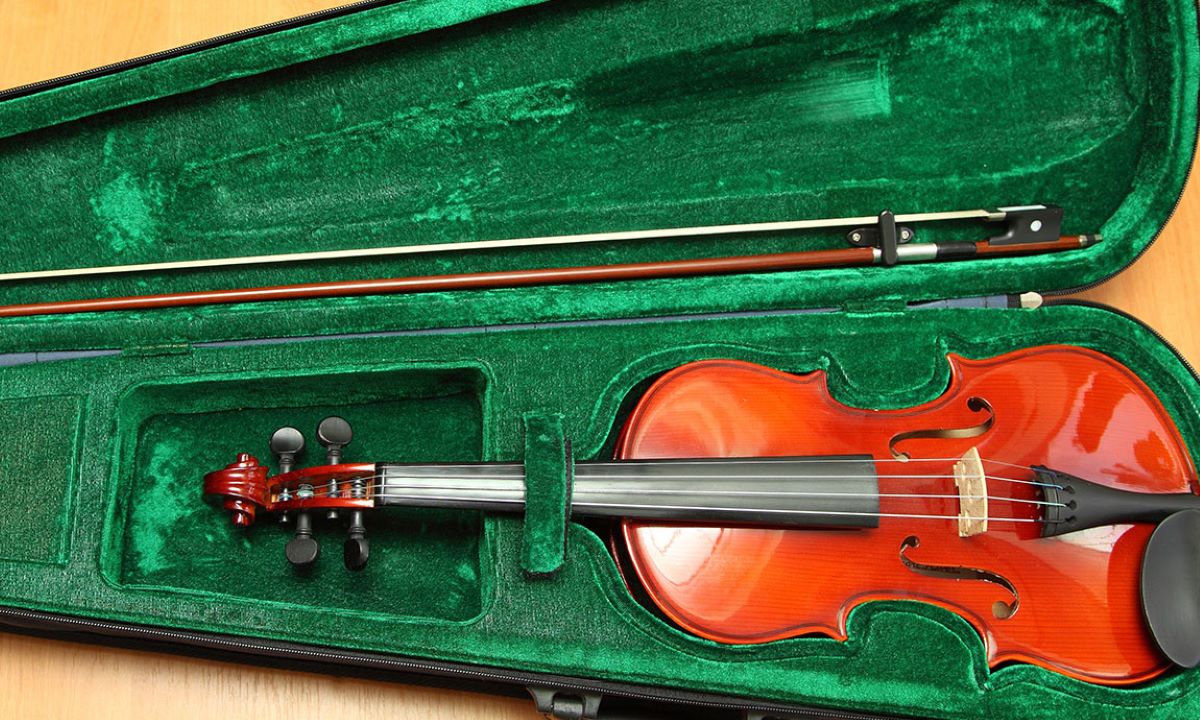
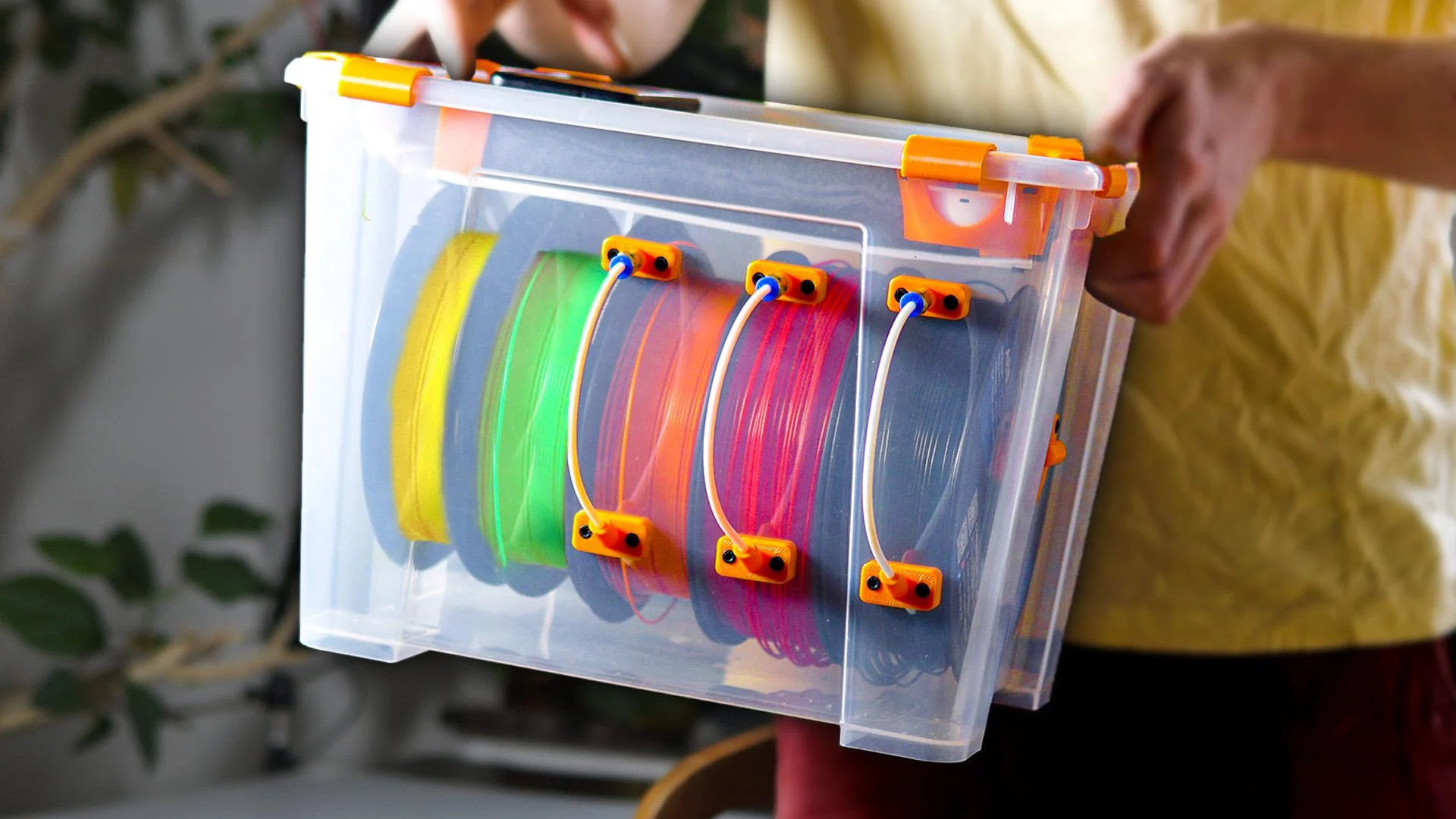

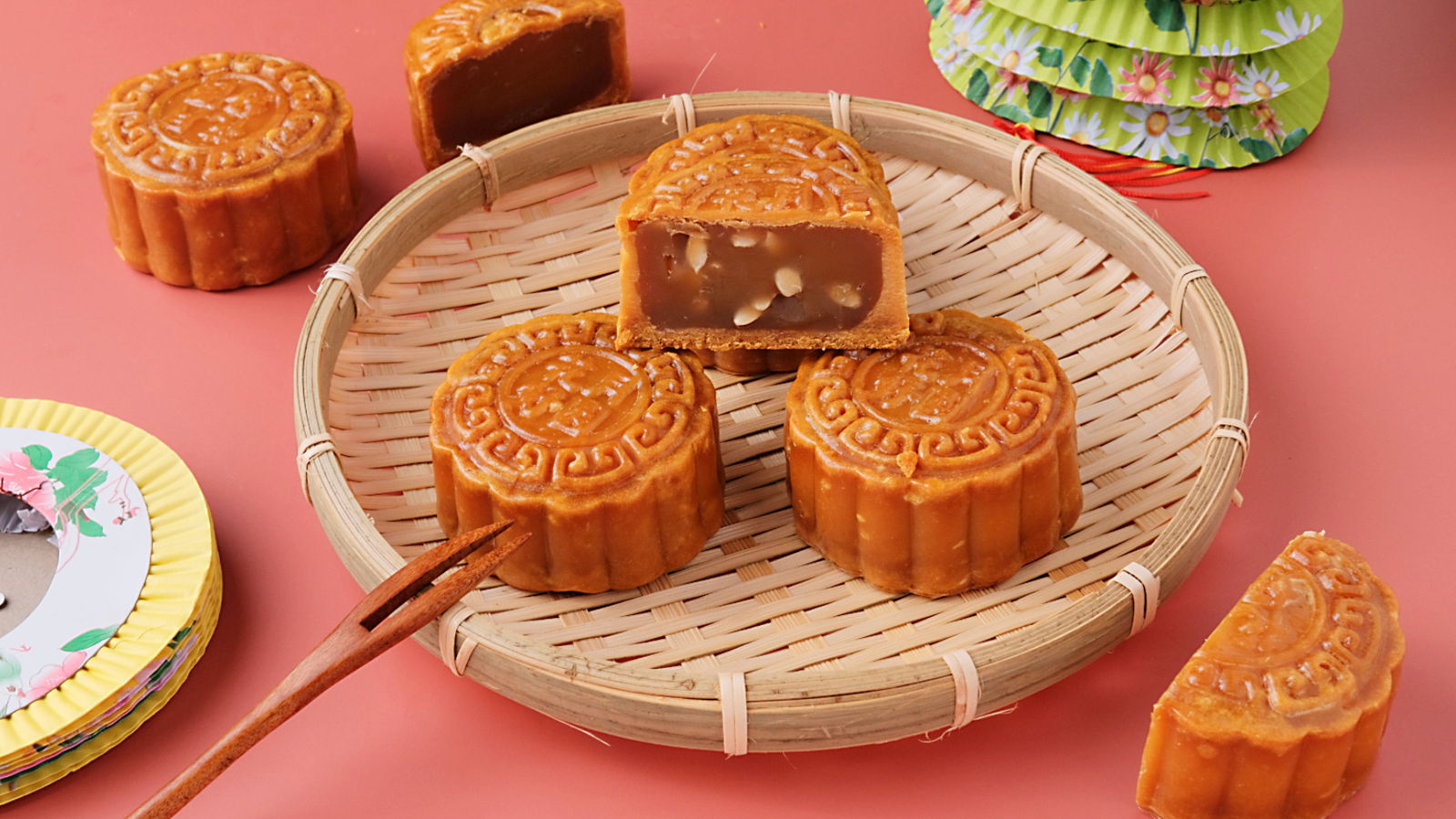
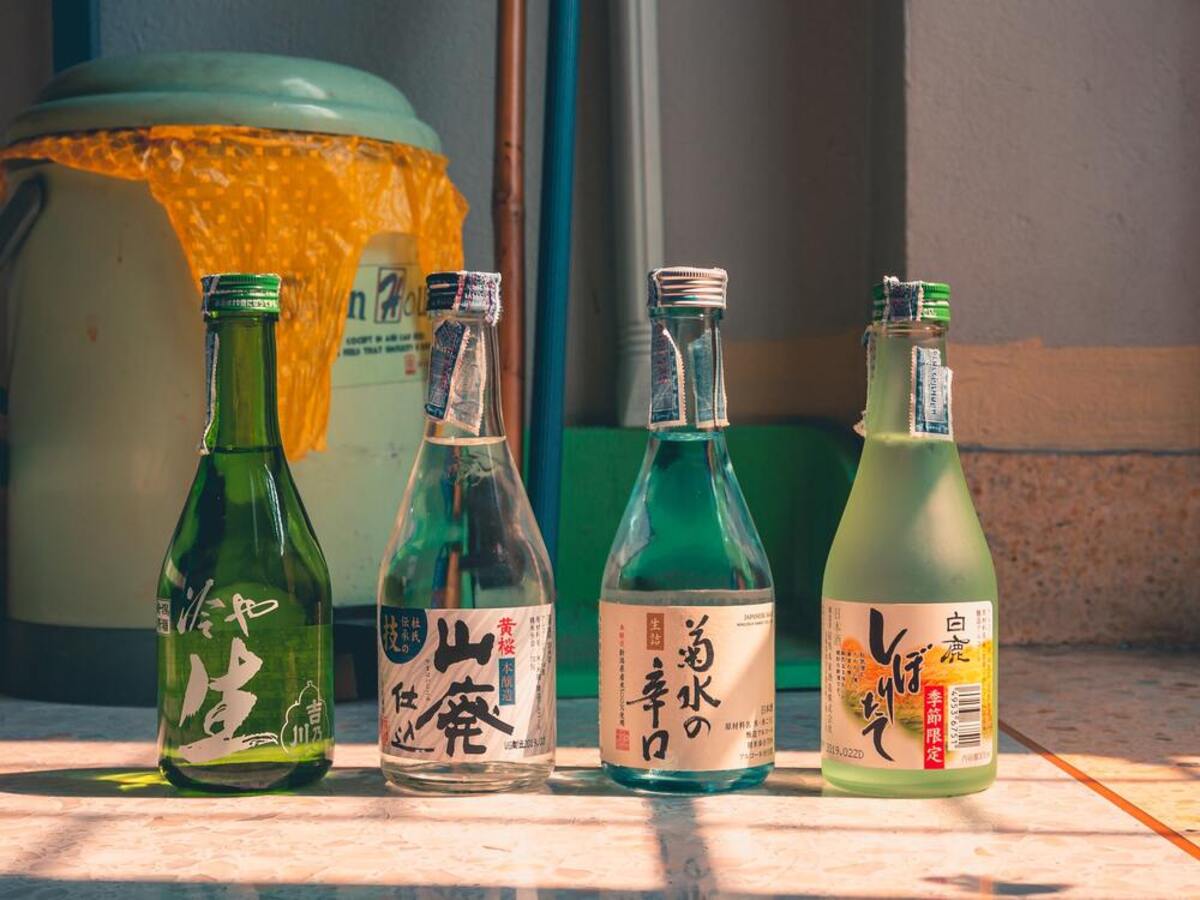
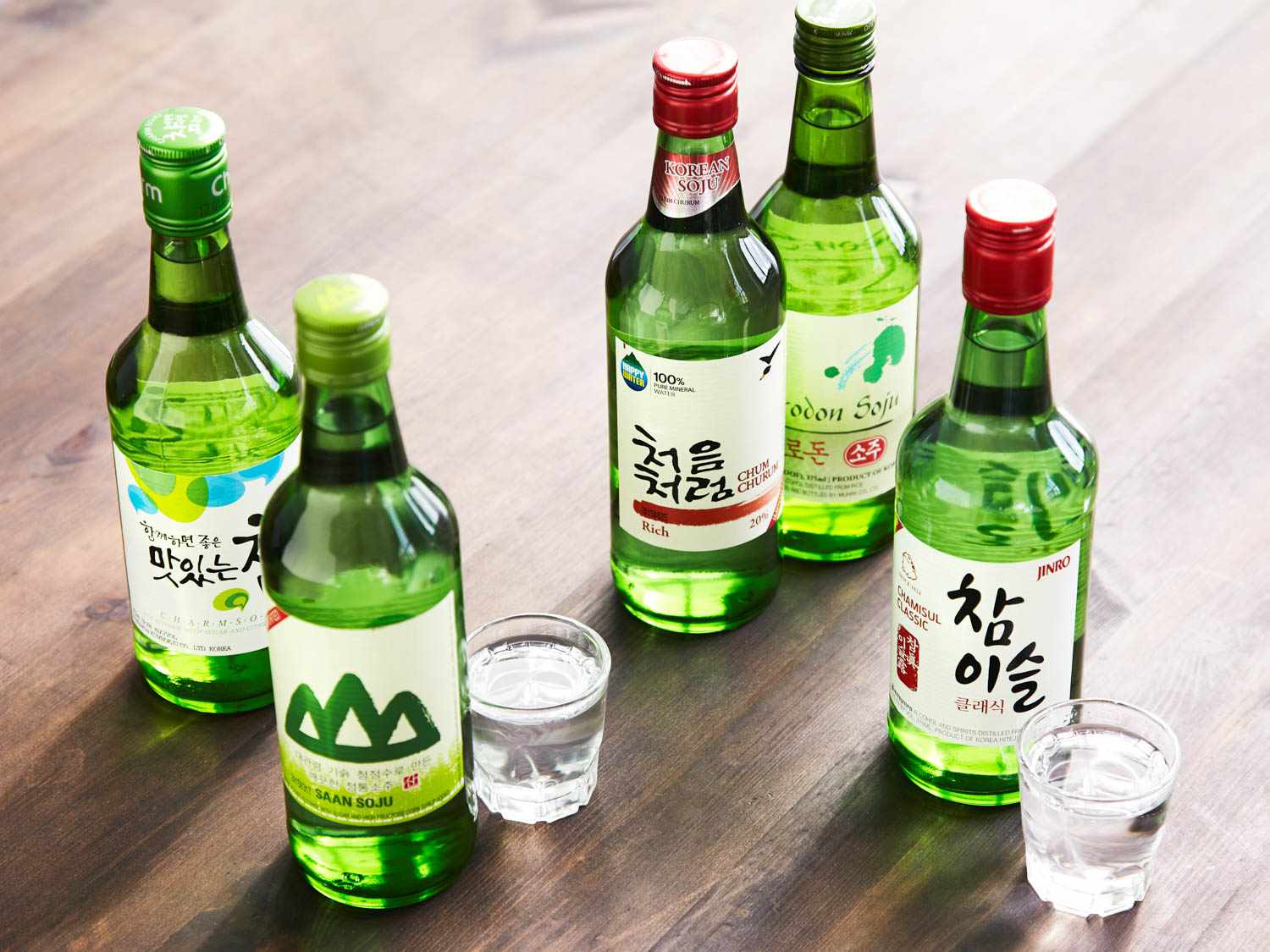
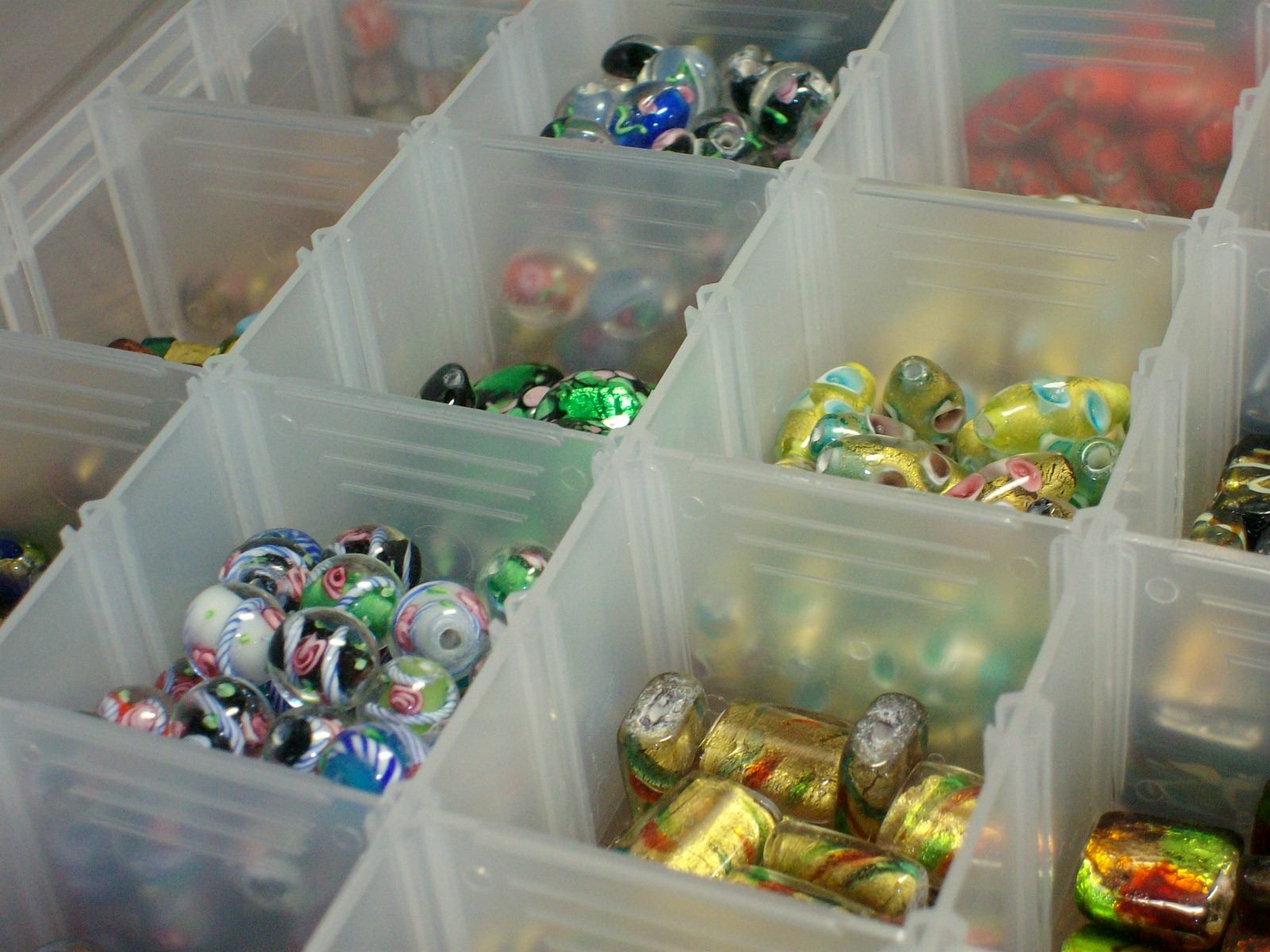
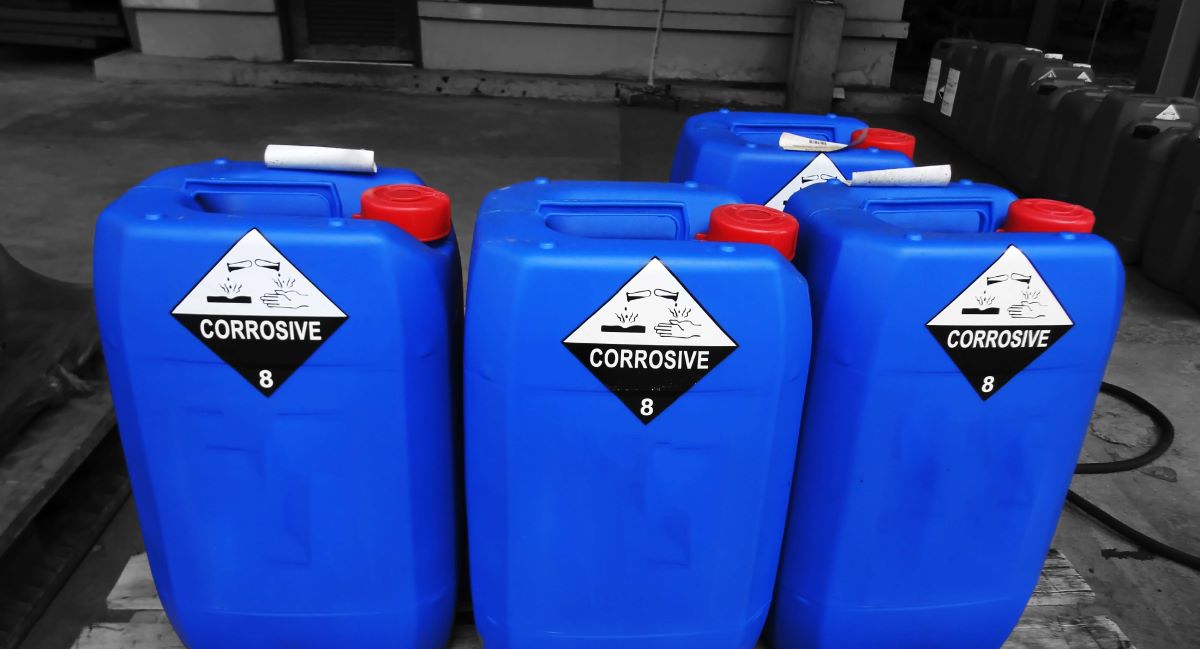
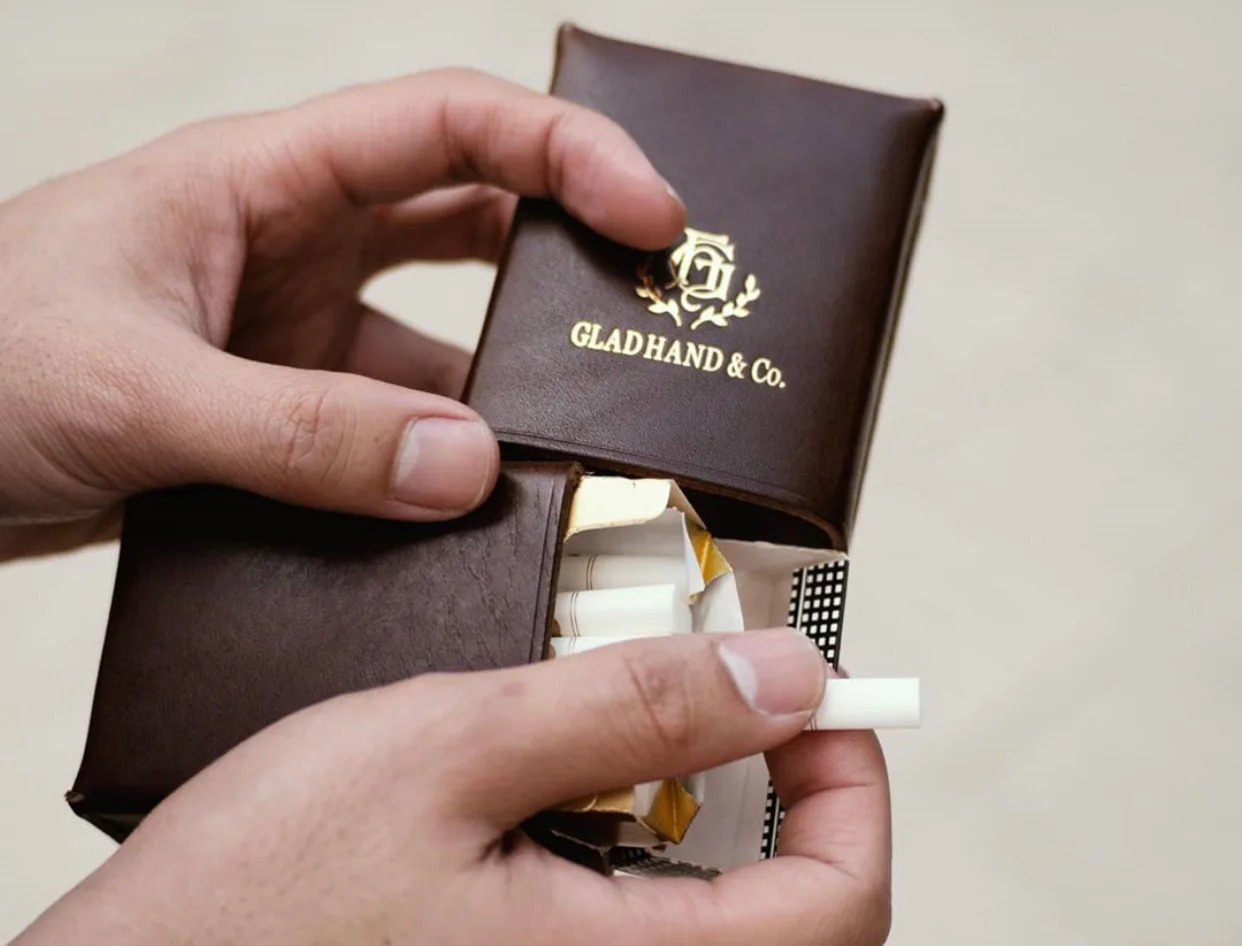

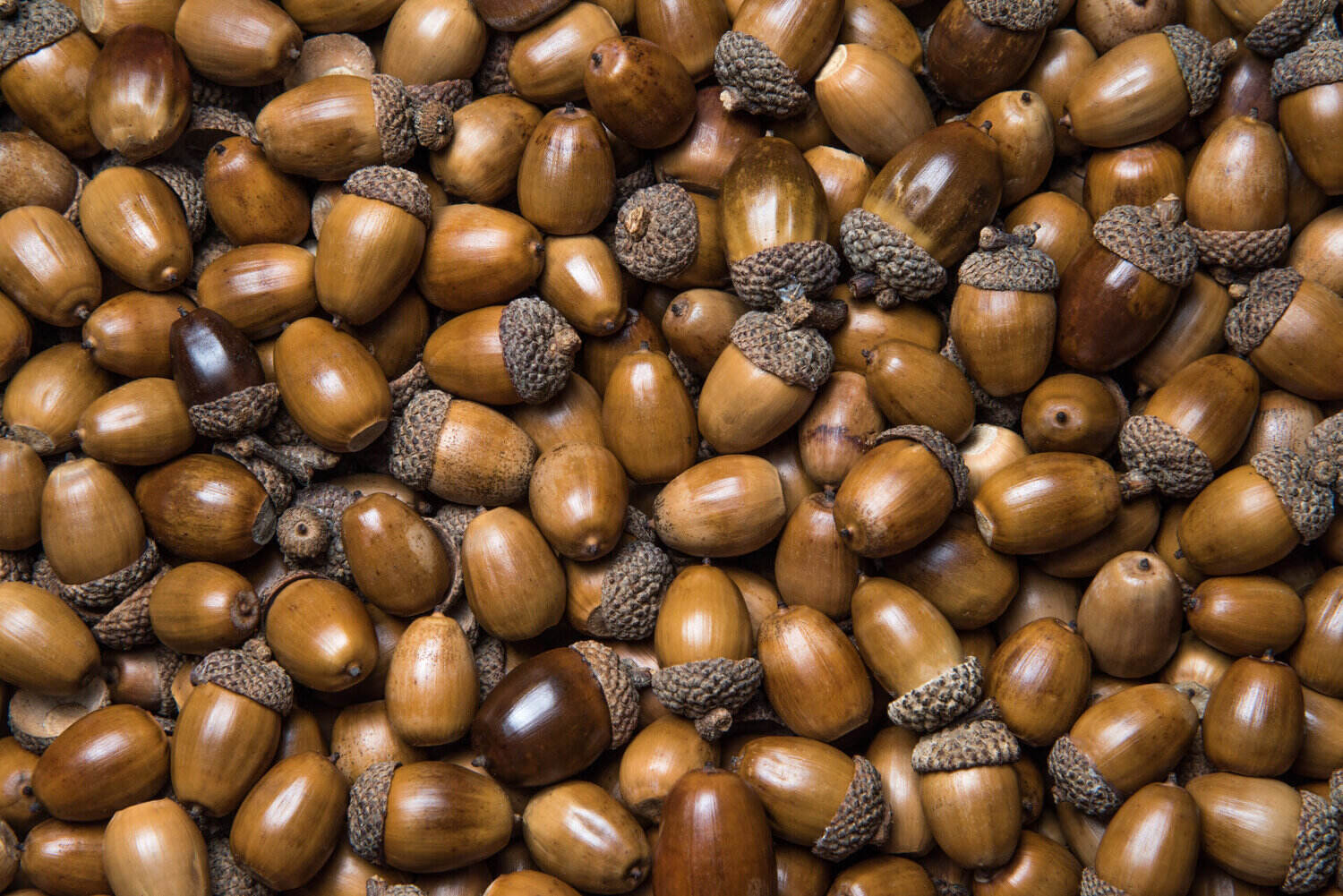
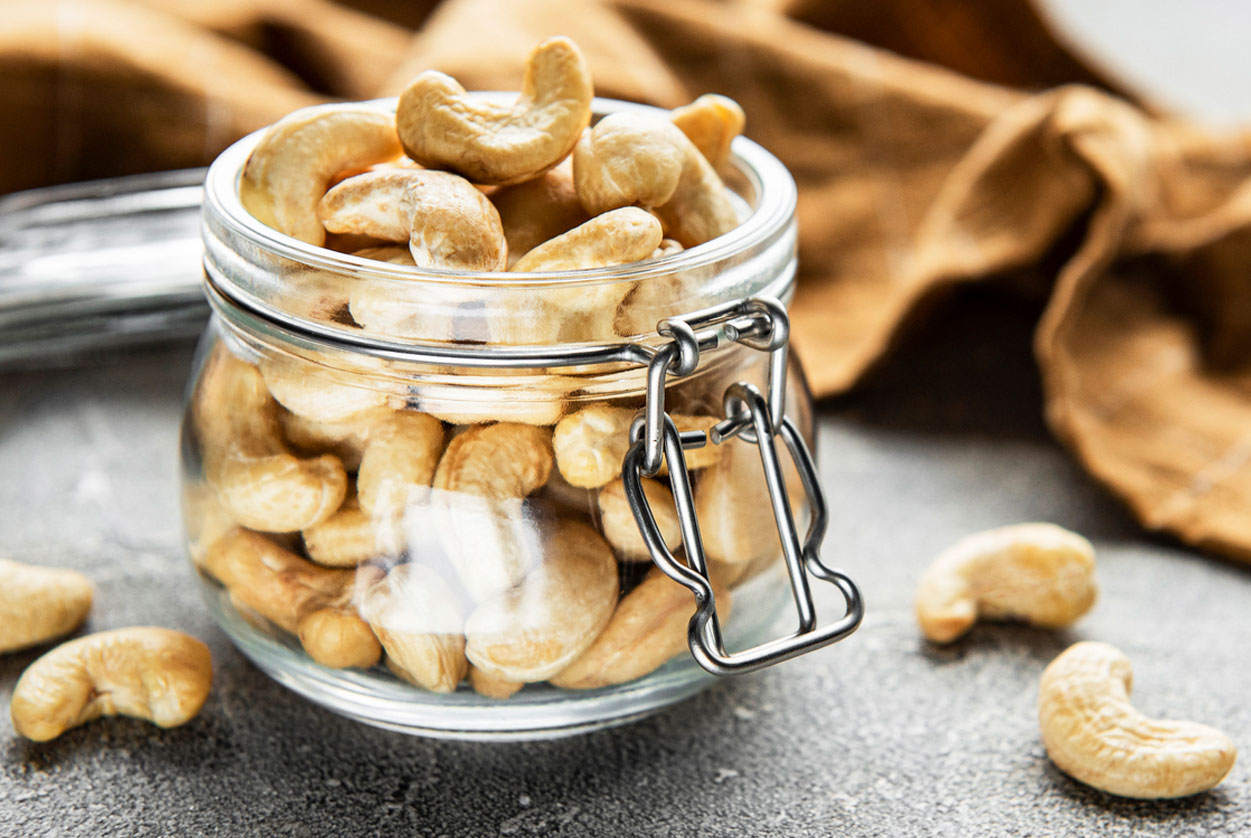

0 thoughts on “How To Store Biltong”